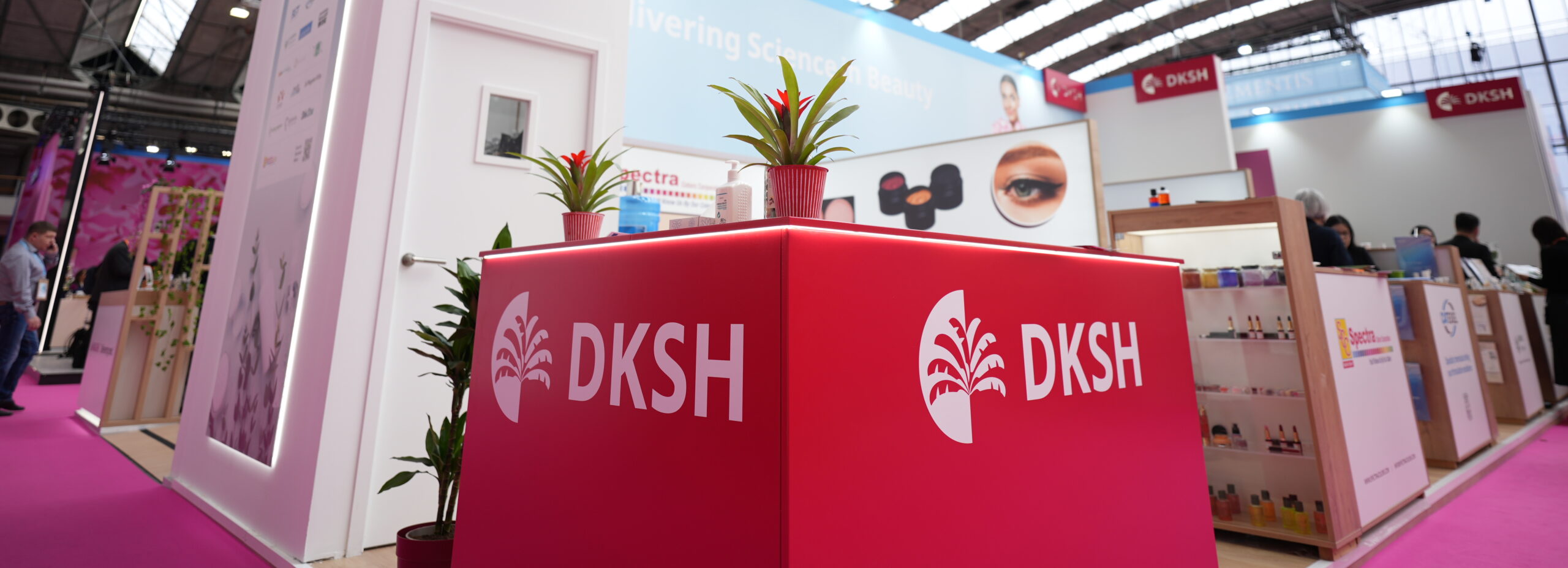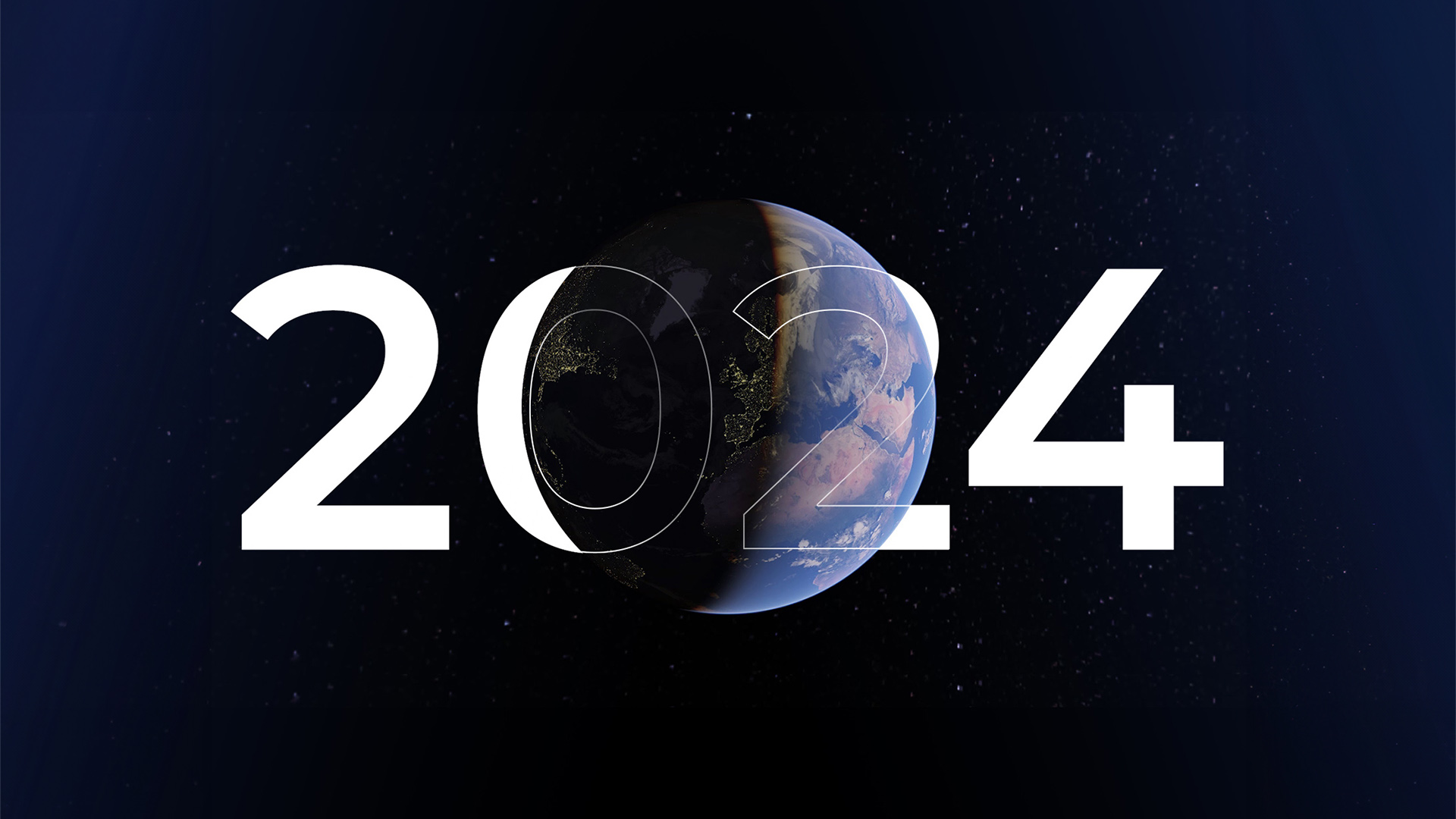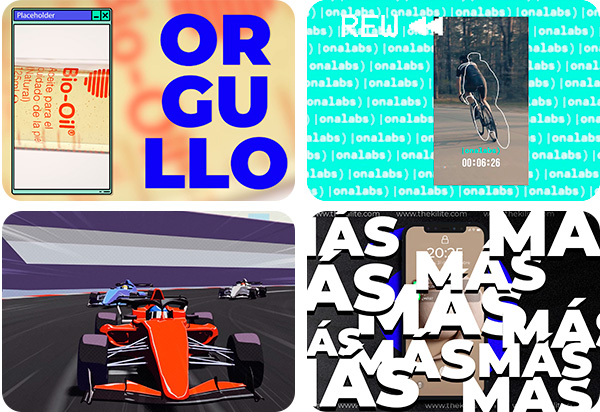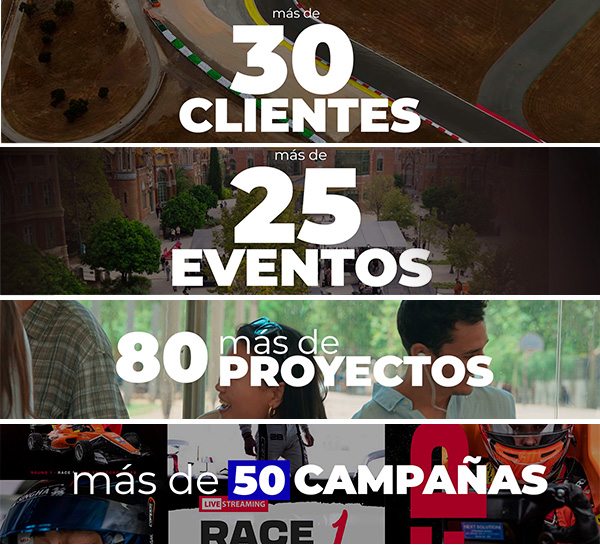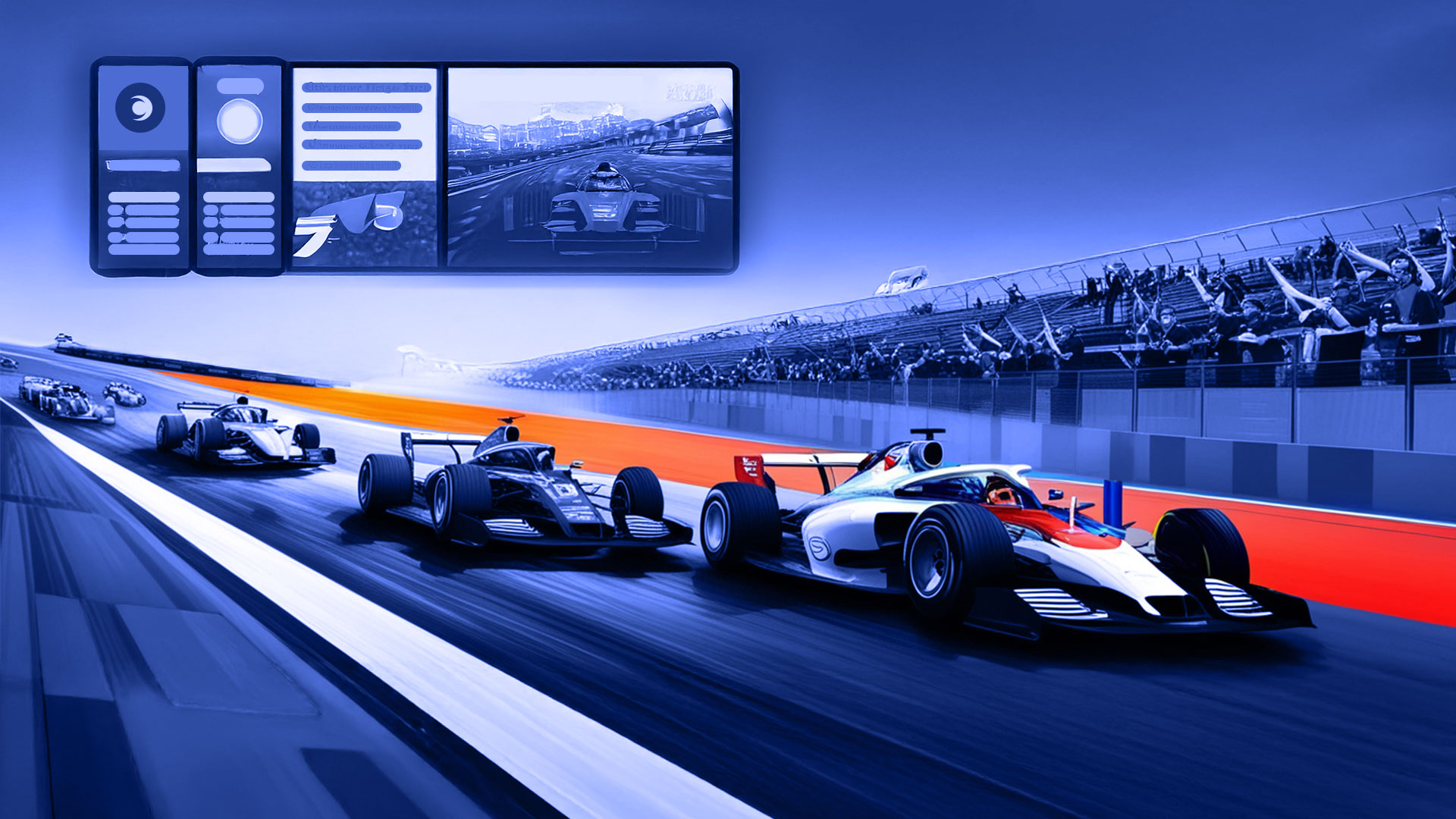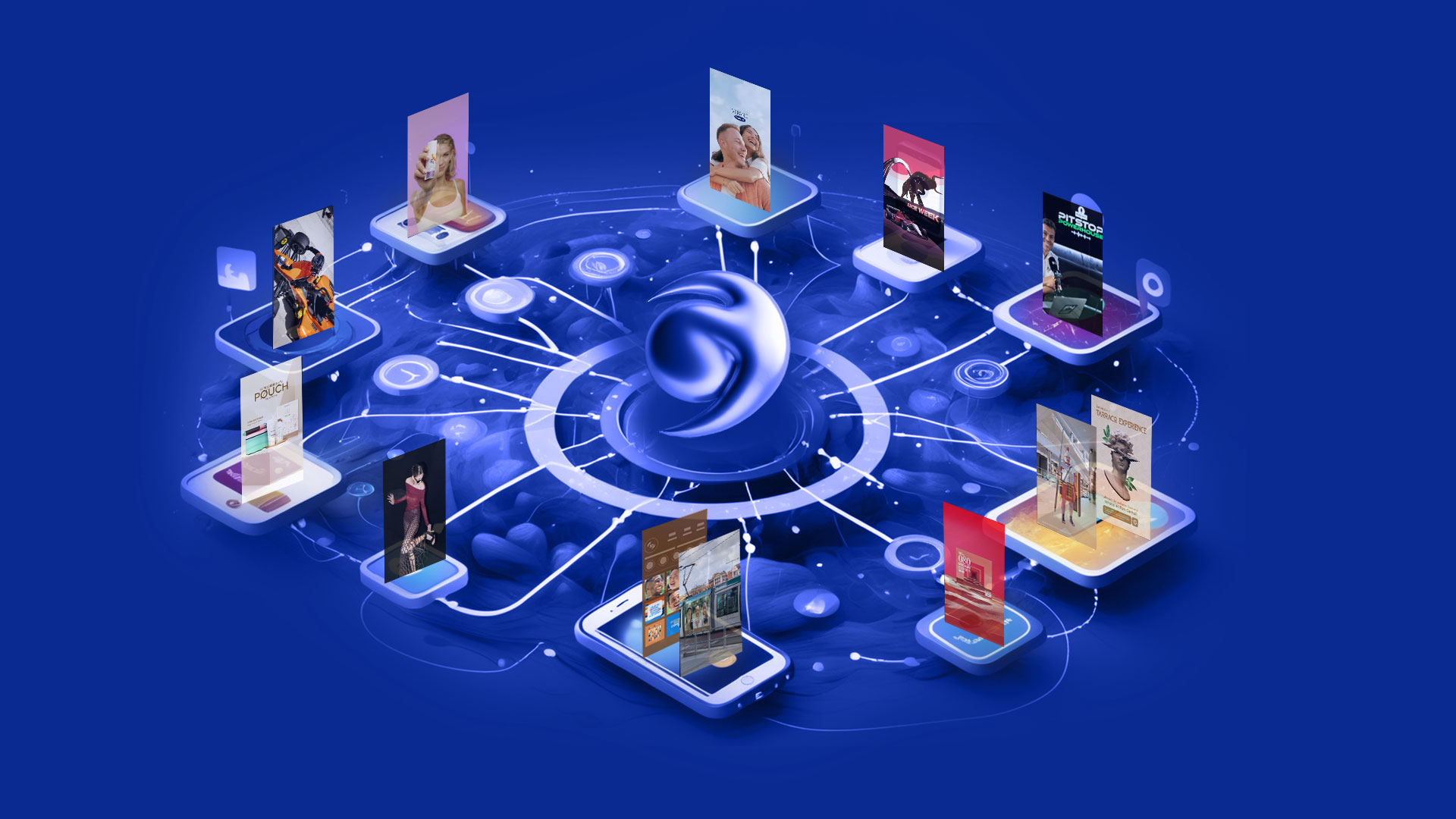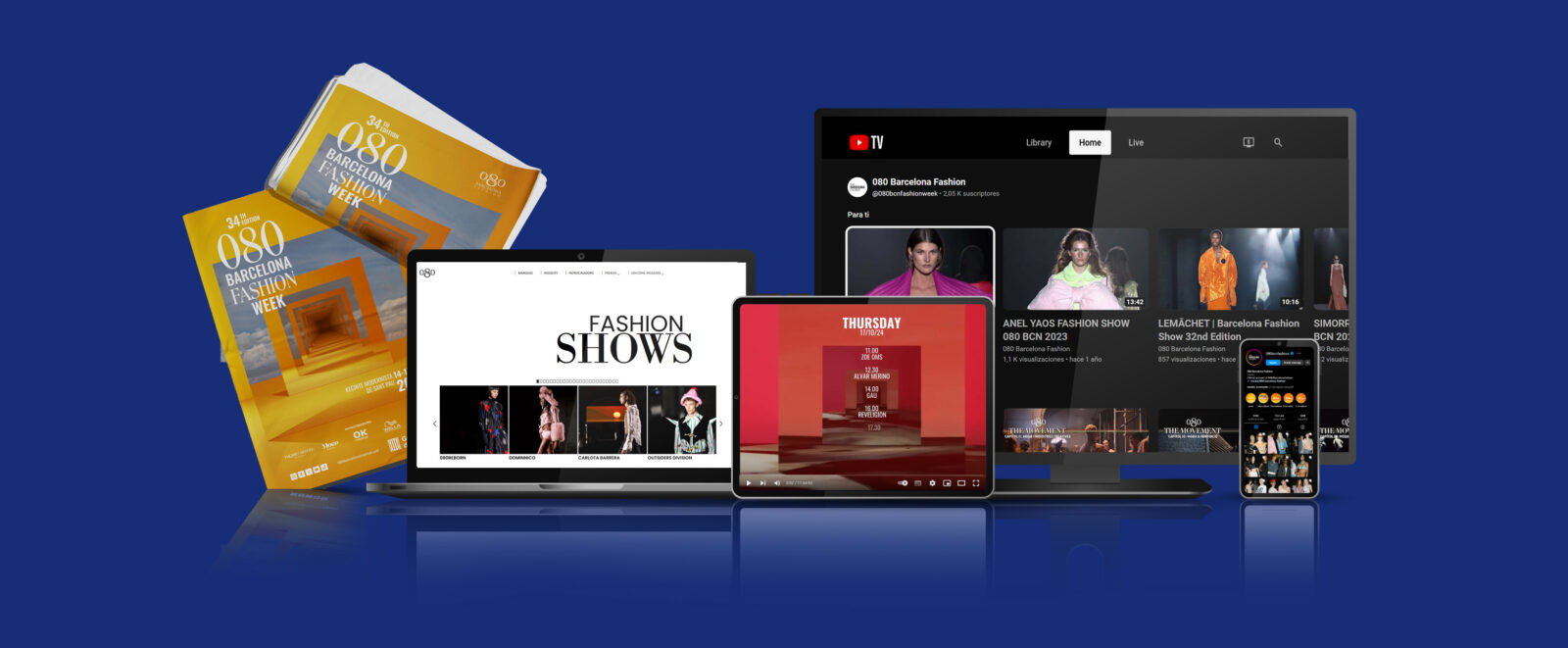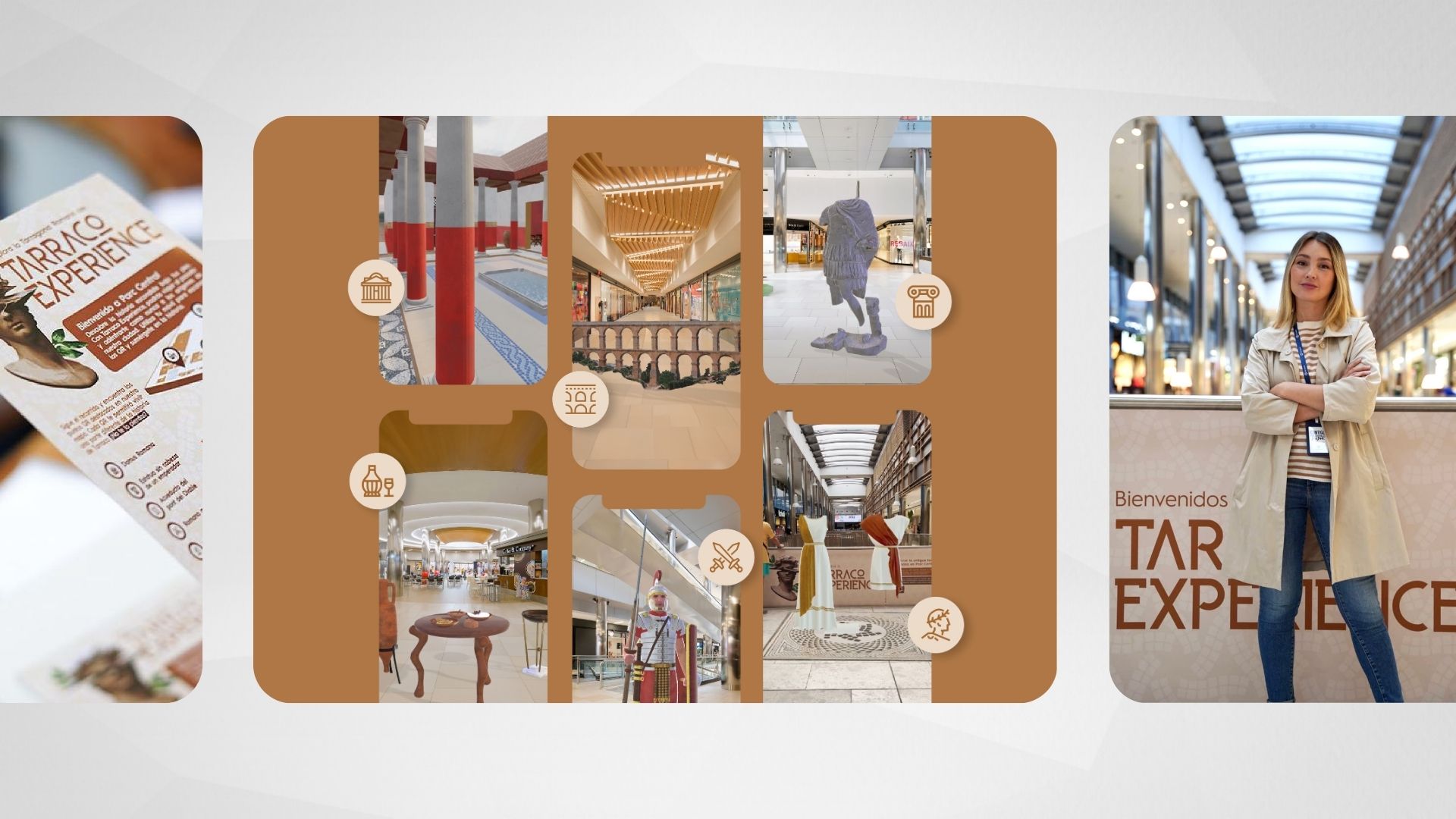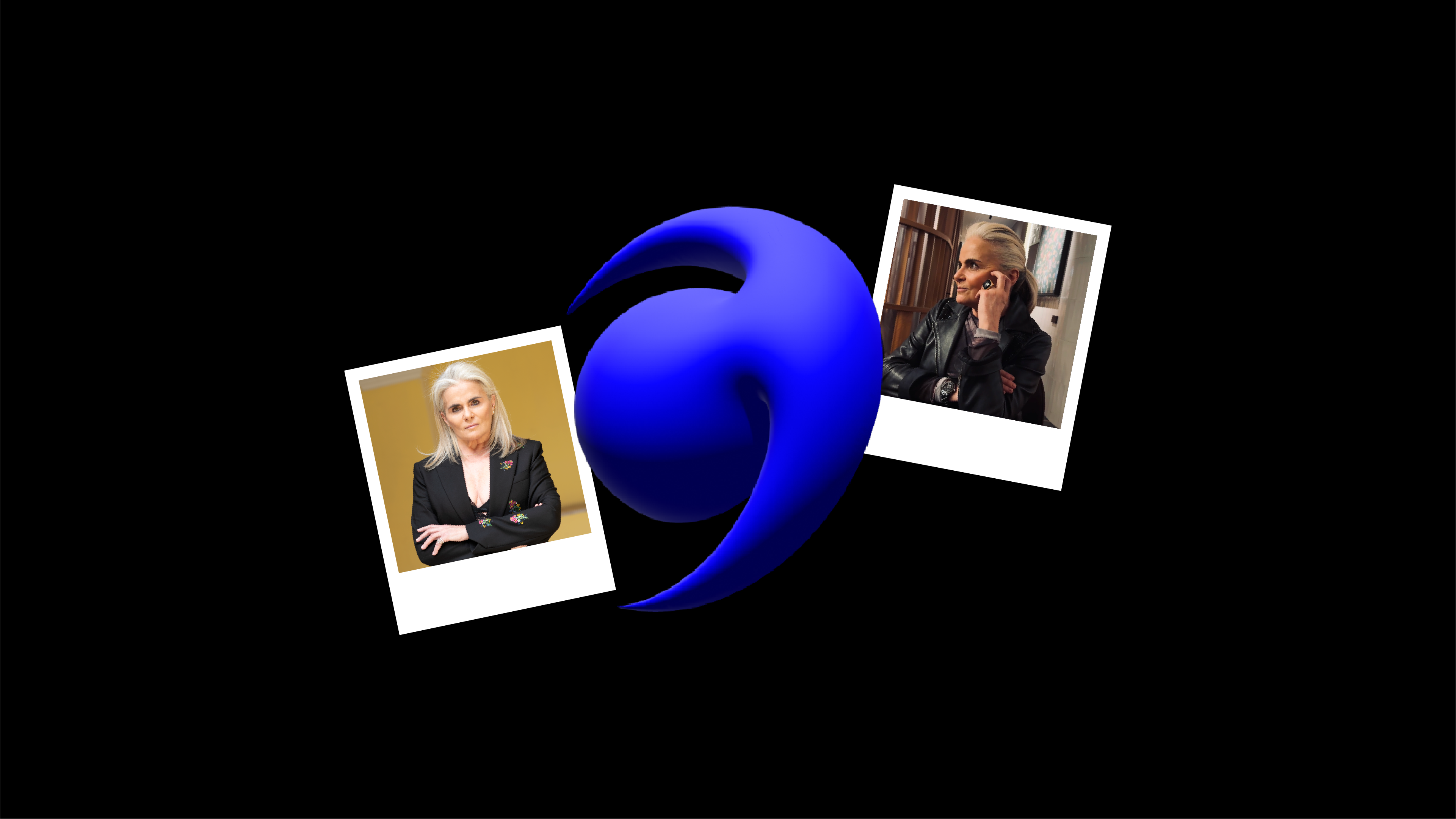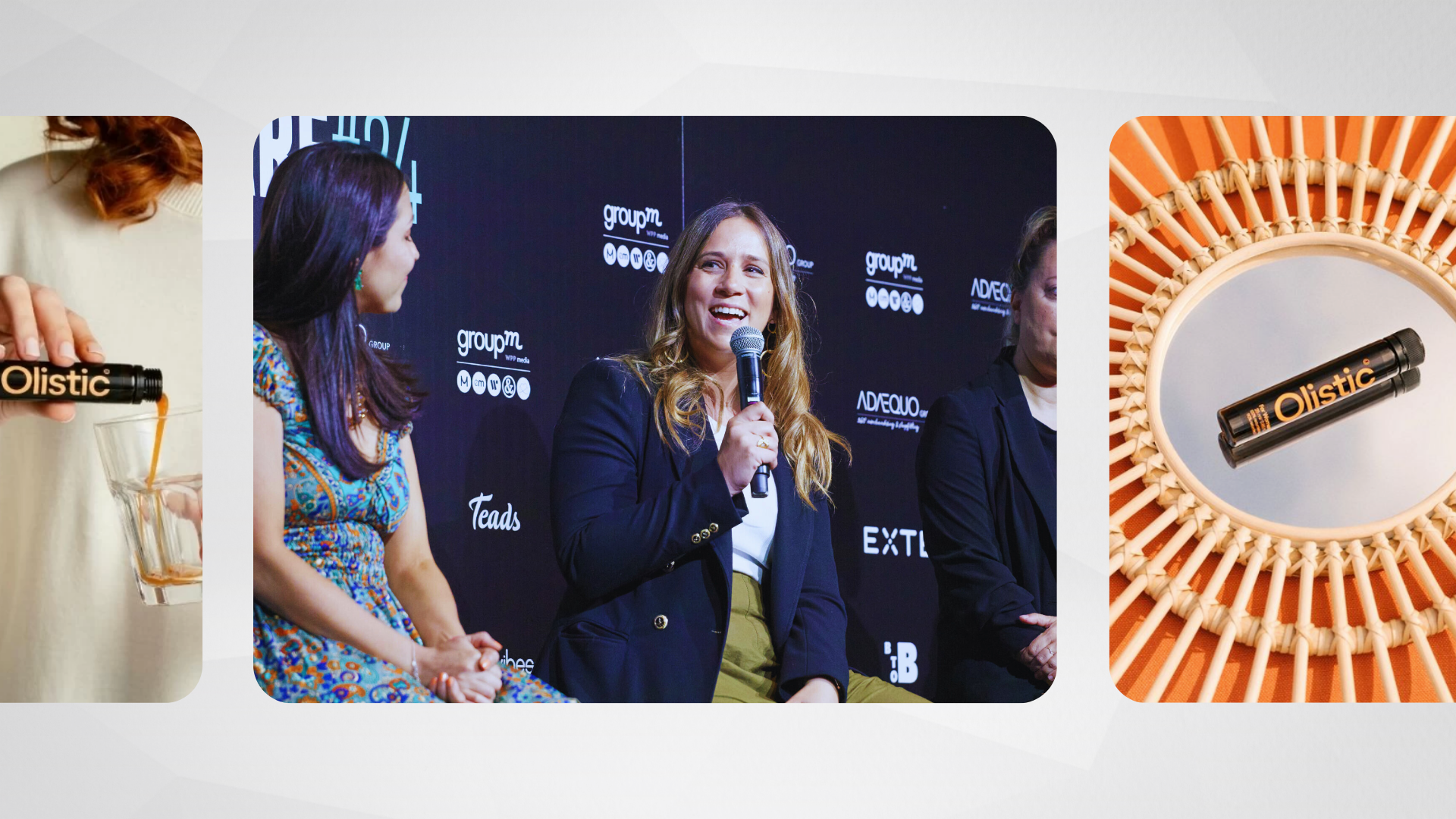In a digital landscape dominated by visibility and attention-seeking, a key question arises in B2B marketing: how can a brand stand out without appearing on the packaging?
DKSH: The Global Giant Empowering Brands Behind the Scenes
DKSH, a global leader in market expansion services with 160 years of experience, is a prime example of strategic branding with minor consumer-facing visibility. Even if you don’t necessarily see their name on your skincare products or nutritional supplements, their solutions are behind thousands of products you might use every day.
Operating in 36 countries with over 28,000 specialists, and a CHF 11.1 billion revenue in 2024, DKSH offers solutions across four main business units: Healthcare, Consumer Goods, Performance Materials, and Technology.
Within the Performance Materials division, DKSH distributes ingredients and specialty chemicals to key industries like pharmaceuticals, personal care and cosmetics, food and beverage, and industrial sectors with a strong focus on sustainable and innovative solutions.
B2B Communication with a Human Touch
At The Kilite, we faced the exciting challenge of shaping the communication strategy for a B2B brand that, while primarily focused on business audiences, occasionally engages with end consumers through its value-added manufacturing businesses. DKSH positions itself as a strategic partner, not seeking the spotlight but working to amplify the success of the brands it supports. Their value lies in tailored services such as logistics, regulatory, formulation, and marketing solutions for every market.
Technical Storytelling with a Human Soul
Rather than just broadcasting technical data, DKSH shares stories—of innovation, sustainability, and digital transformation to deliver purpose-driven storytelling. Their tone of voice is built on three pillars: authenticity, expertise, and results. Using SEO content strategies, they engage using formats like videos, podcasts, and specialized articles—all with clear, accessible, and insightful messaging.
B2B Marketing with a B2C Spirit
One of DKSH’s strengths is applying a creative, human approach to B2B marketing. Their campaigns take inspiration from B2C strategies, acknowledging that behind every business decision are people. That’s why they prioritize digital channels like LinkedIn and other social media, email marketing, Google Ads, SEO, webinars, and industry-specific platforms. —focusing on qualified lead generation, awareness-building, and long-term relationships over vanity metrics.

What’s Next?
DKSH is now making confident moves toward strategic visibility to attract talent, strengthen partnerships, and solidify its leadership in highly technical sectors.
The Power of Backstage Branding
At The Kilite, it’s been a pleasure to support DKSH Performance Materials with its B2B marketing output. DKSH is a brand that proves you don’t need to be front and center to make a real impact. Sometimes, the most powerful marketing happens behind the scenes, where true value is created. The example of DKSH Performance Materials is going full steam ahead to embrace the Omnichannel or other call its hybrid digital marketing approach, with DKSH Discover the digital customer facing portal and leveraging the expertise from Kilite agency Livestreaming service. DKSH Performance has once again deliver an immersive customer experience in 2025 in-cosmetic global tradeshow in Amsterdam bring both online and offline experience in one to their customers. Accelerate your product development with DKSH Discover—your digital gateway to specialty ingredients, technical documentation, sample requests, and expert formulation support across the chemicals, food, pharmaceutical, and personal care industries- Click here to access DKSH Performance Materials product portfolio.









